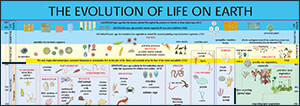The Marine Life Era on Urantia
Paper 59 Condensed and Illustrated
by Saskia Praamsma (2004)
- Paper 57: The Origin of Urantia
- Paper 58: Life Establishment on Urantia
- Paper 59: Marine Life Era on Urantia
- Paper 60: Urantia During the Early Land-Life Era
- Papers 61-62: Ape-to-Man Pictorial Guide
- Papers 61-62: How Man and the Ape Are Related
Paleozoic (marine-life] era covers the next 250,000,000 years.
1. The CAMBRIAN period
All life is under the sea during this period.
Primitive marine animals are well established and are prepared for the next evolutionary development. Ameba are typical survivors of this initial stage of animal life, having made their appearance toward the close of the preceding transition period.
The higher protozoan type of animal life soon appeared, and appeared
suddenly. And from these far-distant times the ameba, the typical single-celled animal organism, has come on down but little modified. He disports himself today much as he did when he was the last and greatest achievement in life evolution.
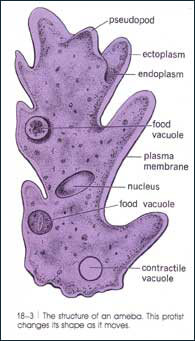
This minute creature and his protozoan cousins are to the animal creation what bacteria are to the plant kingdom; they represent the survival of the first early evolutionary steps in life differentiation together with failure of subsequent development. 65:2.4 (732.2)

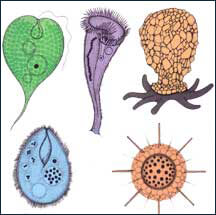
400,000,000 years ago marine life, both vegetable and animal, is fairly well distributed over the whole world. As this era begins, the sea bottoms, the extensive continental shelves, and the numerous shallow near-shore basins are covered with prolific vegetation.
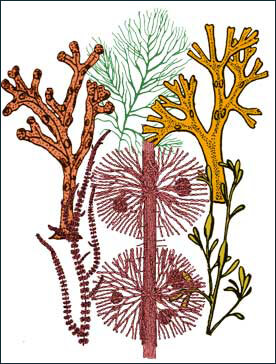
Vegetation now for the first time crawls out on land and adapts to a non-marine environment.
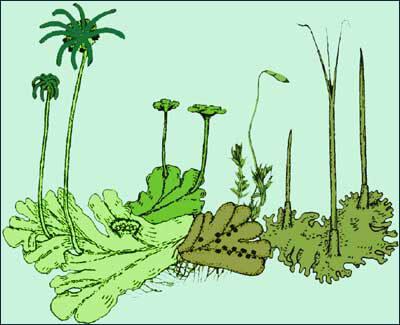
Before long the early single-celled animal types associated themselves in communities, first on the plan of the Volvox and presently along the lines of the Hydra and jellyfish. 65:2.5 (732.3)
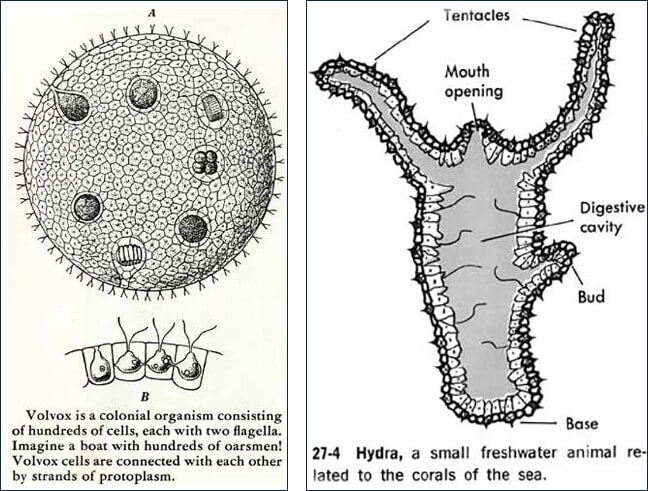
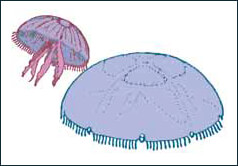
A Hydra Lesson
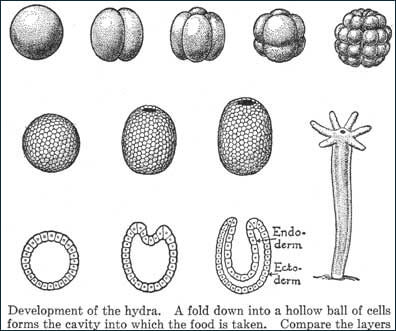
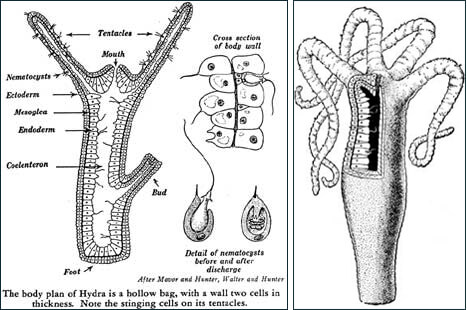

390,000,000 years ago suddenly the first multicellular animals – the trilobites appear and dominate the seas.
Trilobite fossils present certain basic uniformities coupled with certain well-marked variations that developed according to where they were originally planted.
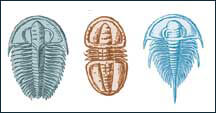
360,000,000 years ago marine life consisted mainly of seaweeds, one-celled organisms, simple sponges, trilobites and other crustaceans—shrimps, crabs, and lobsters.
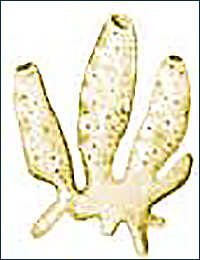

Three thousand varieties of brachiopods appear at the close of this era.
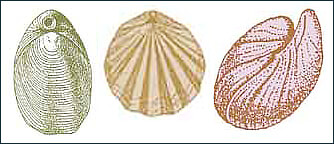
2. The ORDOVICIAN period
310,000,000 years ago the land plants well developed and migrating farther and farther from the seashores, but few plant fossils of these times are to be found.
Animal life consisted of every type of life below the vertebrate scale, and all were marine organisms, except for a few types of worms that burrowed along the seashores.
PRIMITIVE UNSEGMENTED WORMS
1. Flatworms (Platyhelminthes)
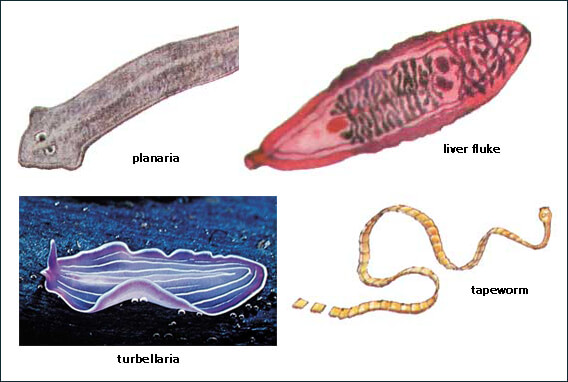
2. Ribbon worms (Nemertea)
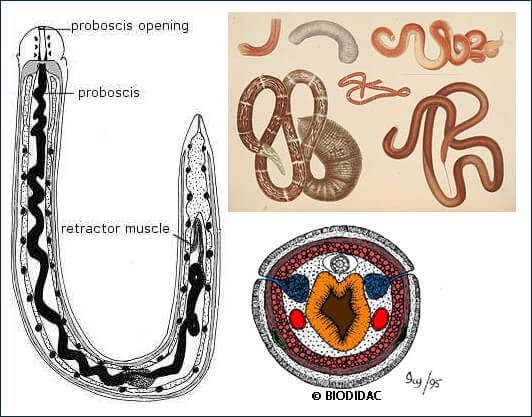
3. Roundworms (Nematoda)
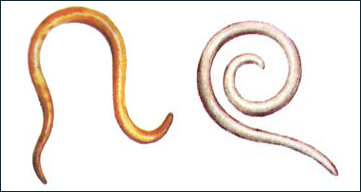
The trilobites were still prominent, in tens of thousands of patterns, predecessors of modern crustaceans.
Lime-secreting algae was widespread.
There were ancestral corals.
Sea worms were abundant.
Many varieties of jellyfish appeared.
Corals and the later types of sponges evolved.
Cephalopods were well developed, consisting of the modern pearly nautilus, octopus, cuttlefish, and squid.
There were many varieties of shell animals: gastropods included single-shelled drills, periwinkles, and snails; bivalve gastropods embraced muscles, clams, oysters, and scallops; and valve-shelled brachiopods appeared, existing then much as they do today.
- Paper 57: The Origin of Urantia
- Paper 58: Life Establishment on Urantia
- Paper 59: Marine Life Era on Urantia
- Paper 60: Urantia During the Early Land-Life Era
- Papers 61-62: Ape-to-Man Pictorial Guide
- Papers 61-62: How Man and the Ape Are Related


